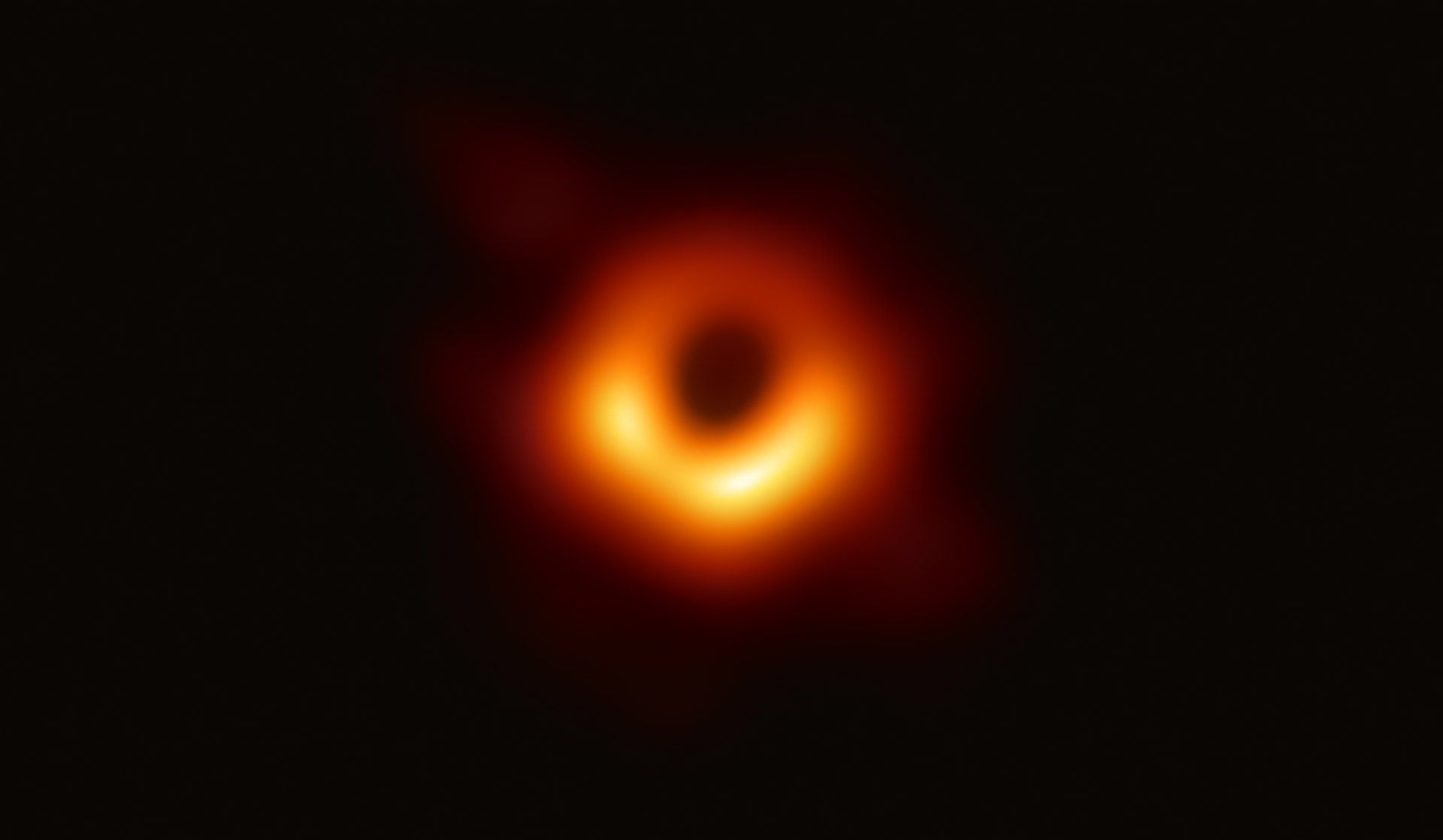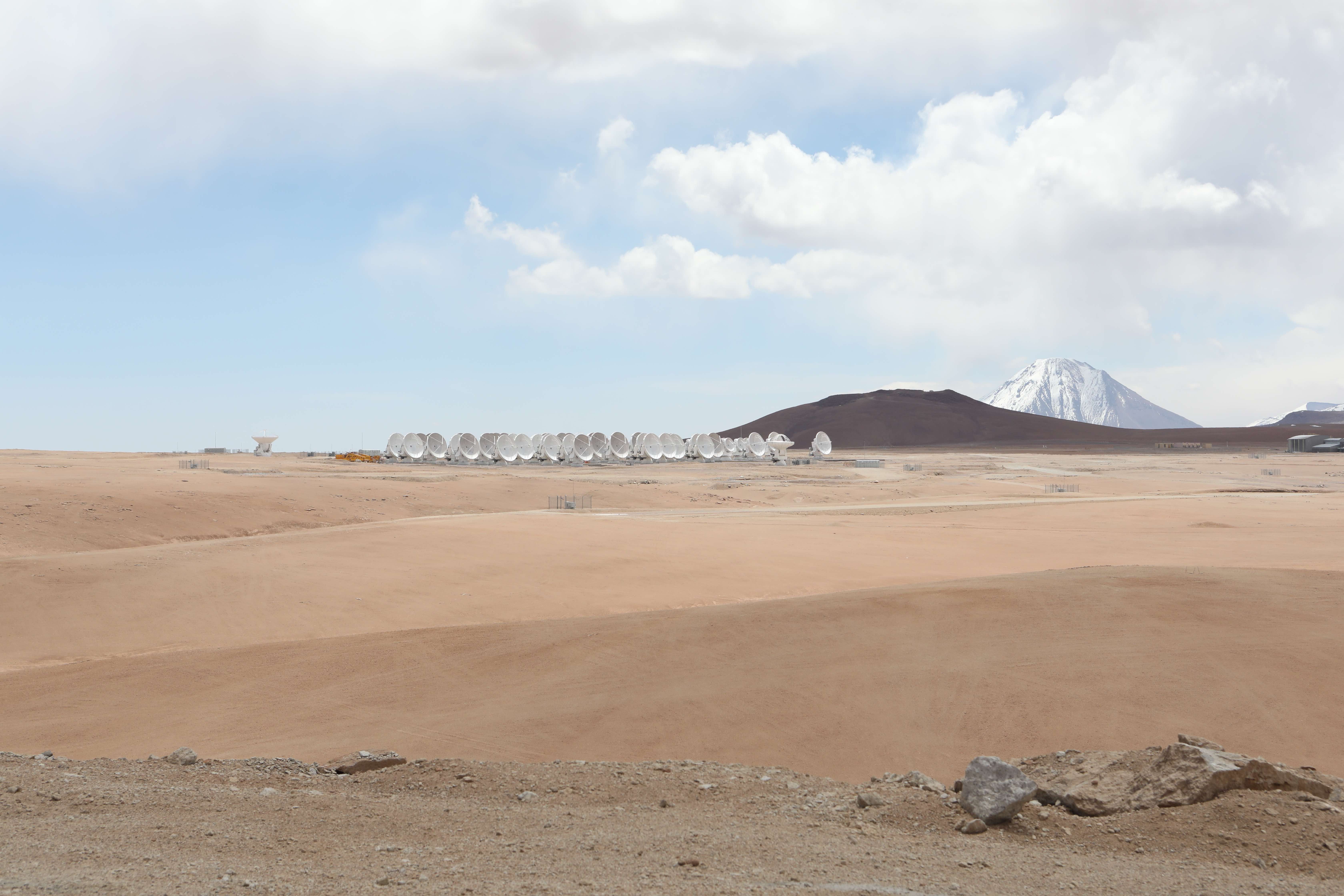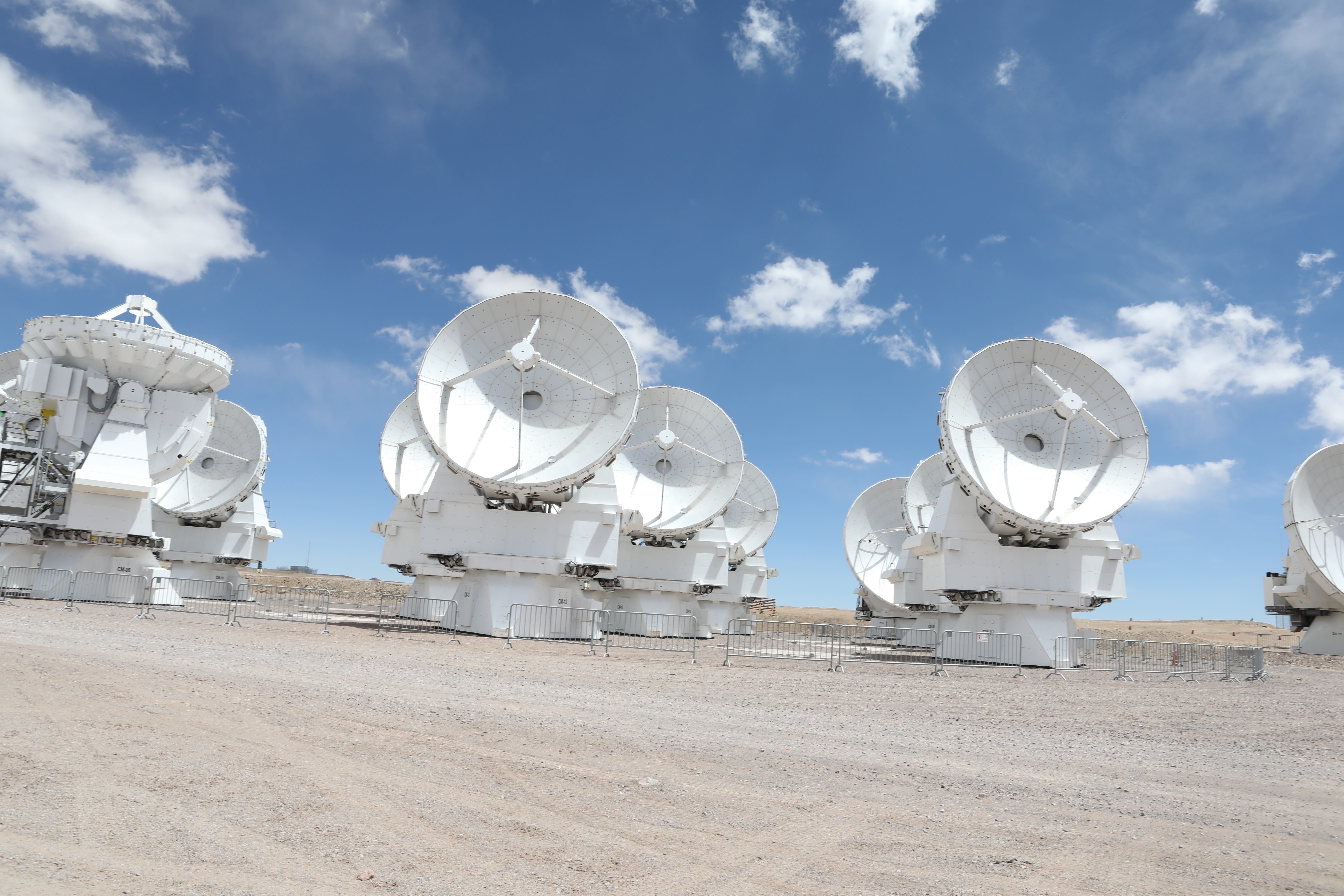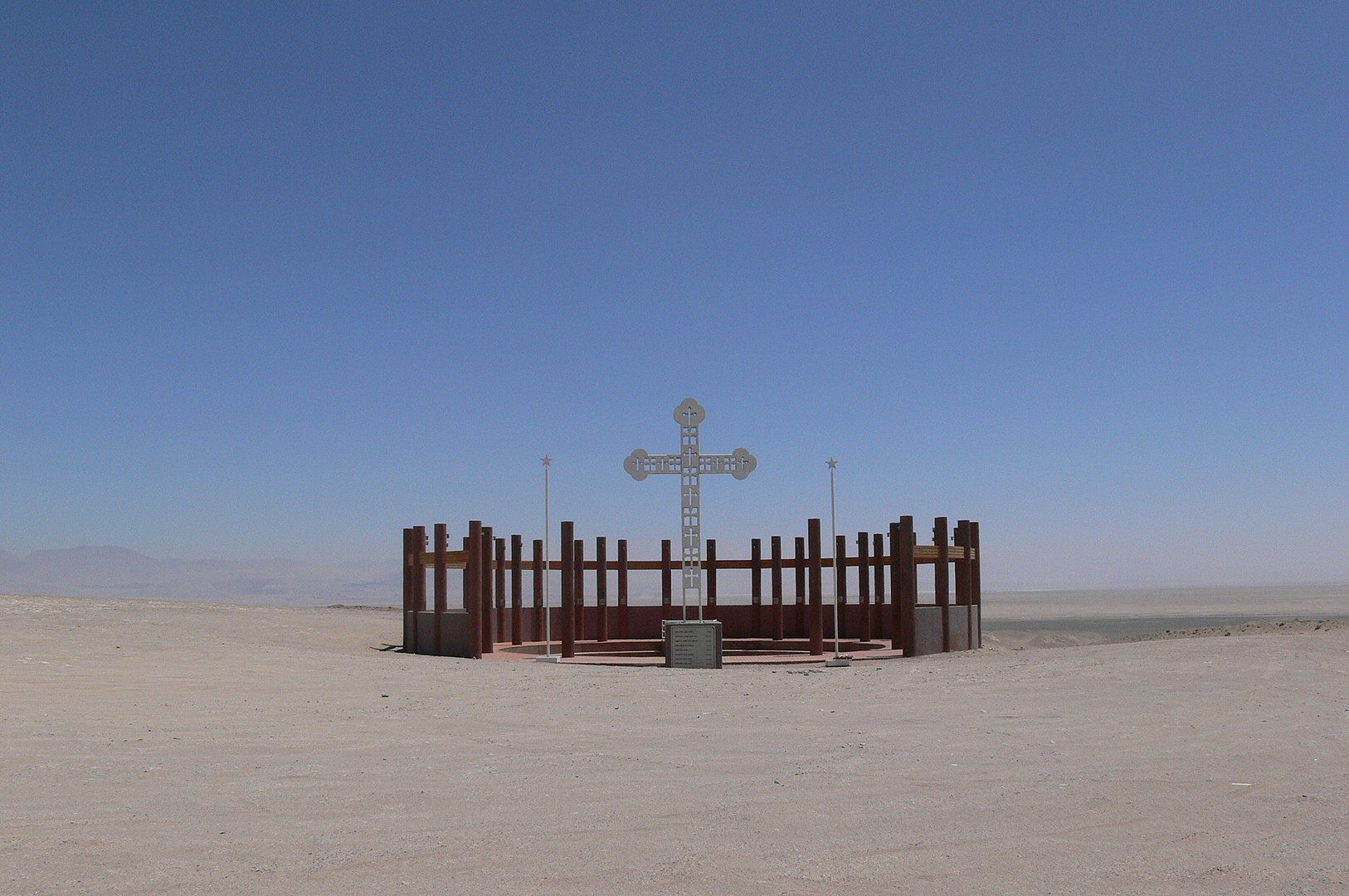Orit Halpern, 2020 Commissioned by Marie-France Rafael
I am a historian of cybernetics and computer science who has been asked to contribute to the project “Chameleon Eyes” by Thomas Julier. The installation, to my understanding, is an interrogation of how machine vision (heat sensing) and communications make perceptible our relationships to other life forms, such as bird migration. In my response, I want to pose a few questions about the work of art in interrogating our concepts of “nature” and our engagement with technology. In order to do so, I wish to situate this work within broader scientific efforts of visualizing the planet inorder to ask how technical and cybernetic mediums produce our understanding of the Earth and in turn shape our relationships to the other living beings. These are questions I believe to be pertinent both to the installation and to the broader field of technological art practices.
In his presentation of the piece, Julier suggests that Chameleon Eyes suggests a new or “fictional” form of intelligence. Implicit in this argument is that intelligence can be produced in new modes beyond or outside individual bodies and through networked engagements between different forms of life and technology. In order to situate such ideas historically, and also ask about the forms of aesthetics being invoked here and their political and ethical dimensions, I want to turn for a moment to a much larger, and far more expansive scientific sensing project—the Event Horizon Telescope (EHT). The EHT is remarkable for turning the entire planet into a data capture machine and also for posing fundamentally new ideas about objectivity, vision, and artificial intelligences. These problems reflect back into the far more modest efforts by Julier and his ornithological colleagues to produce a cybernetic encounter with the movements of animals and machines through the atmosphere that we inhabit.
EVENT HORIZONS
“a point of no return”[1] “a boundary beyond which events cannot affect an observer on the opposite side of it…”[2]

First image of a black hole, April 10, 2019, https://www.jpl.nasa.gov/edu/news/2019/4/19/how-scientists-captured-the-first-image-of-a-black-hole/ (downloaded July 19, 2019)
On April 10, 2019 this first image of a black hole appeared to humanity. To produce this miracle demanded that scientists and engineers from a team spanning the globe turn the Earth itself into a vast sensor to gather data from black holes: the Event Horizon Telescope (EHT). Only a dish the size of this planet could create a sensor sensitive enough to collect weak electro-magnetic signals from 50 million plus light years away in order to provide at long last empirical evidence supporting Einstein’s general theory of relativity.
When the image was released it circulated at literally the speeds of light across that most human and social of networks—the Internet. Comments online ranged from amazement to vast frustration that the black hole did indeed look just like we thought it might. “Awesome,” “amazing,” “mystical,” “capable of making humans fall in love” jockeyed with “anticlimactic,” “really?”, and “it looks like the Eye of Sauron from Lord of the Rings.” Maybe, such commentators suggest, the culmination of having turned our whole planet into a technology is just a fake artifact of computer graphics algorithms; merely another stereotypical image recalling longstanding standard Western cultural tropes of radically alien and powerful forces?[3] In combining both mythic aesthetic conceptions of outer space and the power of the g-ds with the dream of objectivity and perfect vision through technology, the image conjures a dual temporality. The event image crystallizes both new imaginaries of a planetary (and even post-planetary) scale future integrated through data and machine sensing and mobilizes our oldest and most repeated conventions of what extreme non-human alterity might appear like, returning us to the legacies of myth and g-ds.
Whatever the “truth” of this image, I argue that this image provides evidence of a radical reformulation of perception. This image presents both the figure of the terminal limits of human perception while simultaneously embodying a new form of experience, arising not from any one human or even technical installation but from the literal networking of the entire planet into a sensor-perception instrument and experiment. This image is therefore an allegory of the very artificial intelligence and machine learning systems that underpin it. It simultaneously embodies a classic problem in both physics and computation—namely, the impossibility of objectivity and the limits of being able to calculate or access infinity.
OBJECTIVITY
These problems have a history in science. As many scholars have demonstrated, the concept of mechanical objectivity first emerged in the 19th century with photography and film, and was linked to recognizing the fallibility of the human body, the impossibility of human objectivity that simultaneously birthed a new desire for perfect, perhaps divine-like objectivity, inherited from renaissance perspectivalism. This g-dlike objectivity would now arrive not through the celebration of the human but through prosthesis and mechanical reproduction.[4] The event horizon abandons a return to the liberal subject and offers a new model, not of objectivity as certainty, but as the management of uncertainty, the production in fact of new zones by which to increase the penetration of computation and expand the frontiers of both science and capital. In the case of the event horizon, the frontier is to reconcile and integrate two radically different forms of math and theory—general relativity and quantum mechanics. This is a scalar question—gravity is not understood in the same way at the large scale as at a sub-atomic or nano-scale. The hope is that these experiments will allow a unification of these two scales. In doing so, event horizon experiments are logistical in their logic, attempting to unify and syncopate the extremely local and specific with the very large and generic.


Hochgelegene Submillimeter Radioteleskopanlage, ALMA Observatorium, Chajnantor Plateau, Atacama, Chile, 13. März 2017 Foto: Orit Halpern
At stake are questions of chance and what constitutes evidence and objectivity for science. Black holes were predicted, but even Einstein did not believe his own prediction, because he refused to accept so radical a mutation of time and space. Einstein, it appears, still wanted to know the truth. The idea of a space beyond which his own laws no longer applied was unthinkable. The event horizon, however, is not the realm of surety, but rather that of probabilities and uncertainties. Physicists can define or speculate on certain state spaces but can never know the exact movement of any one particle or element. Furthermore, it is the territory of histories. Black holes may contain keys, “a backward film”, according to physicist and historian of science Peter Galison, of the Universe’s entire history. Time can reverse in the black hole, and the faint glimpse of the vast energies that cluster around the event horizon suggest possible past trajectories, but never just one.[5]
In response to this situation of imperfect visualizations and radical scalar and temporal indetermination, the call now is to increase computational power, and to add more dishes, perhaps in space, in order to increase the resolution of this massive instrument. This is the logic of communicative objectivity; the turn to automation and big data as modes of managing extreme uncertainty. The limits of knowledge are an imperative for technical progress.[6] Furthermore, the very apparatus of the EHT demonstrates the new integration between the scales of the earth and those of the stars to produce new economies and forms of knowledge.
SUBLIMITY
One of the key installations in this project was the Atacama Large Millimeter/Submillimeter Array (ALMA) installation. On March 13, 2017, I visited this installation. Located on the Chajnantor Plateau in the Atacama Desert in Chile, the radio telescopes are 5050 meters up high in one of the driest and most extreme environments on earth.[7]
The entire installation appears to be designed to provoke a radical awe of scale, of human insignificance, and of the possibility of technical mastery of, and perhaps through, the vast vistas of the desert, and beyond that the stars. The vehicles that tow these machines are massive, specifically built by space agencies for their function. But even these machines, each tailor-made with tires two stories tall, seem almost tiny when viewed in comparison to the rest of the plateau.

Alma, Abschleppfahrzeug, 13. März 2017, Foto: Orit Halpern
In my mind, the high-altitude array reflected and advanced every fantasy of extraplanetary exploration I read as a child in science fiction fantasy books and watched on NASA-sponsored public programming on TV. This analogy is not just fiction. NASA and other space agencies use this desert to test equipment, train astronauts, and study the possible astrobiology of the future planets we will colonize.[8] If the event horizon is the point of no return, the Atacama is the landscape of that horizon, the infrastructure for our imaginaries of abandoning Earth and never ever returning to the past. But again, this is an irony, for ALMA collects history. Every signal processed here is aeons old, millions if not billions of light years in time-space.
This technical infrastructure combined with an environment among the most arid on earth produces strange aesthetic effects in a viewer. Such infinitude brought to us by the gift of our machines might be labelled “sublime.” What incites such emotions at one moment in history, however, may not in another. The sublime is a series of emotional configurations that come into being through historically different social and technological assemblages. My sentiments of extreme awe and desire for these infrastructures, a sense of vertigo and loss of figure-ground relations, a descent into the landscape, recalls the work of historian David Nye on the “technological sublime”. For North Americans, according to Nye, the later 19th century offered a new industrial landscape that incited extreme awe and concepts of beauty through structures like extension bridges. Structures such as the Brooklyn Bridge were deliberately built over the longest part of the river to prove the technical competence of its builders. Other constructions—skyscrapers, dams, canals, and so forth—were all part of this new “nature” that came into being at the time. Sites that produced a vertigo between figure and ground and reorganized social comprehensions of what constituted “nature” and “culture,” or objects and subjects. The sublime, after all, is loss of self into the landscape.[9] This particular “loss” of self, however, served a political economy, one of the emerging industrial capitalism of the time. Beauty has always had a morality, and in this case, that which was beautiful, the consumption of “nature” for capital, was what became valued.

Brooklyn Bridge, 1900
Post-World War II environments saw a subtle shift in this aesthetic condition; the world was becoming increasingly mediated through television and other communication devices that made technical mediation a site of desire and aesthetic production and the site of value. ALMA takes the informational situation to a new extreme. Here technology produces a new landscape that turns infrastructure into a site of sublimity, confusing the boundaries of the technical and “natural,” and refocusing our perception towards a post-planetary aesthetic that is both about transforming scale (the earth is small) and time. The discourse surrounding ALMA suggests that all planets, including ours, and all their component landscapes are recording instruments surveying temporalities far outside of and beyond human experience.[10]
MACHINE VISION
To process the most ancient of signals demands the latest in machine learning methods and other analytic techniques. These data sets are utilized in partnership by Microsoft and other similar organizations as training sets for their complexity and difficulty to clean noise from signals, and as environments providing sites for testing algorithms and experimenting with both new approaches to supervised and especially unsupervised learning.[11] The image was produced through a massive integrated effort, analogous to the scientific images produced by other remote sensing devices such as the Mars rovers. These rovers are coordinated, and their data synthesized and analyzed into signification thorough a large process that is not the work of individuals but rather groups. [12] The same can be said for the EHT.
To produce the event horizon image scientists used interferometry, a process that correlates radio waves seen by many telescopes into a singular description. The trick is to find repeat patterns that can be correlated between sites of the EHT and to remove the massive amounts of “noise” in the data, in order to produce this singular “image” of what the NSF labelled the “invisible.” Since black holes are very small in the scale of space, and a large amount of other data from different phenomena in space enter the dishes as well, only machines have the capacity to analyze the quantity of signals and attempt to remove the supplementary data. Signals are picked up from an array of observatories around the world, those that match what the theory of relativity predicted would be an event horizon must be correlated. To find these signals demands the data be “cleaned.” This is a critical component of finding the signals that are going to be correlated.
This process happened in many different sites. I visited the data cleaners for ALMA at the European Space Observatory base in Santiago, where we discussed the process. Many of the teams worked with different machine learning approaches to use unsupervised learning methods to identify artifacts in the data and remove them. The process was quite difficult since no one had ever “seen” an event horizon or knew exactly what was being sought out, information-wise.[13] Having never seen a black hole, and never being able to, what should we look for? Our machines are helping us decide.
Humanity however insists on its liberal agency. Irrespective of infrastructural capacities, the final image was attributed to a young woman, Katie Bouman, a post-doctoral researcher at the Harvard-Smithsonian Center for Astrophysics. Bouman apparently created the algorithm that allowed the vast amounts of data coming from the EHT’s many installations to be compared and synthesized into a singular image. In fact, Bouman herself was not an astronomer or astrophysicist, but rather a computer scientist working on machine vision as a more generic problem.[14]
This attribution gestures to our own human temporal problems with the new media networks within which we are caught. It is not that the algorithm was not important, but that obviously a great deal of work by many people went into setting up the data-gathering experiment and developing methods to “clean” data. Bouman emerged as a progressive image that might translate the incoherence of a massive system into the identity politics of human history. The new discourse suggesting we ourselves, like Einstein, were not yet comfortable with the horizon to our own control and command over our networks. This tension between radical uncertainty and inhuman cognition, and our need to produce temporal command over data is one of the key features driving the growth of AI and its seemingly correlated discourses of mastery over futurity.
At ALMA, objectivity is indeed an impossibility. To process this data, figure-ground relations were literally confused. The official tour guide tells me that these telescopes contain units at the base that are the temperature of deep space in order to isolate and process signals from space and separate them from “noise” from the earthly atmosphere. By returning the signal into its “original” temperature the appropriate wavelengths of the signals can be isolated. In this installation data is literally being contextualized in an environment being built within the experimental set-up. The furthest outside to Earth is recreated within the machines. But perhaps this is the lesson of all scientific experiments… we create environments that are always already artificial and make nature from them.[15] Like the experiments of behavioral scientists and cyberneticians that produced new worlds in the name of depicting the planet, the ALMA telescopes recreate outer space within to produce visibility for the invisible, to reassemble aeons of galactic time in the space of scientific practice. And if we take the event horizon as the allegory for our present where we have turned the earth into a medium for information gathering and analysis then this is even more true. The sites of data production, data gathering, and analysis are increasingly blurry in their boundaries. The planet has become a medium for recording inscriptions.[16]

Calama Erinnerungsstätte für Opfer Pinochets, https://commons.wikimedia.org/wiki/File:Memorial_DDHH_Chile_06_Memorial_en_Calama.jpg (Download 6. August 2019)
But time and data can be manipulated in many ways. Back on earth there is a film that came out in 2010, “Nostalgia for the Light” by Patricio Guzmán. In the immediate aftermath of the coup, on September 11th, 1973, there was subsequent torture and disappearance of thousands and the exile of nearly ten percent of the population, the paramilitary stalked Chile. Traveling in a Puma helicopter from detention site to detention site, the so-called “Caravan of Death” carried out the executions of 26 people in Chile’s south and 71 in the desert north. Their bodies were buried in unmarked graves or thrown from the sky into the desert. The desert was militarized and turned into a weapon for the killing of dissidents and for the training of troops. Its resources supporting this state. Guzmán parallels the search for bodies by mothers of dissidents killed by Pinochet with astronomers watching and recording the stars in the Atacama’s high-altitude observatories (the wave millimeter arrays had not yet been operational). Above all his theme is that the landscape is a recording machine for both human and inhuman memories, the trace of stars 50 million years away, and the search for loved ones within human lives. The implications of the film are that the desert itself provides some other intelligence or maybe memory not only for humans. Guzmán offers us a dangerous romance with the possibilities afforded by our non-human intelligences that might augment or supplant our human memories. His story ties together the tales of cybernetics, astronomy, and economy that offer both horror, and imagination for encounter with radical forms of difference.
This returns me to the question of non-human intelligences and memories. I wonder, then, at this condition we live in and its link to artificial intelligences that have fundamentally positioned experience as a matter of extra-human or personal relations, perhaps beyond Terran experiences. We have turned our whole planet into a device for sensing the deepest coldest space; the first wager in perhaps the biggest gamble we are taking as a species. If optimization is the “event horizon” of earthbound ecologies, the very limit of the historical imaginary of economy by making it difficult to imagine running out of materials or suffering catastrophic events, then the event horizon appears as the very image to replace the finitude of the earth.
In a pessimistically optimistic vein, however, might this also be the final opportunity to undo the very fantasies of modern imperialism and anthropocentrism? There is hope in those infinitesimally specific signals found of a black hole from aeons ago, beyond human, even Terran time. The reminder that there are experiences that can only emerge through the global networks of sensory and measuring instrumentations; that there are radical possibilities in realizing that learning and experience might not be internal to the subject but shared. Perhaps these are just realizations of what we have known all along; that our worlds are comprised of relationships to Others. There is a possibility that never has this been more evident or been made more visible then through our new technologies, including those of finance and artificial intelligence. As they automate and traumatize us, they also reveal perhaps what has always been there—the socio-technical networks that exist beyond and outside of us. These are realities that are impossible to fully visualize; but possible to sense.
These new assemblages of machines, humans, physical force and matter also allow a reflexive critique, and create new worlds. We do not know what the EHT will yet unearth, but we do know, especially now as we are amid a global pandemic, that only our big data sets and simulations will guide us.
For the first time in history as a species, perhaps, we are regularly offered different futures, charted from different data sets and global surveillance systems. We are in a massive and ongoing test scenario, mirrored by the tests we are all taking for diseases. Different forms of governance are being experimented with, along with different understandings of data and what imaginaries they engender. But the planetary test is not a controlled experiment, its stakes cannot be fully known and may be terminal.
Artists must also contend with this historical situation. What forms of knowledge does art propagate? What ideas involving our ethical care for other forms of life are activated, or foreclosed, through media art? Do artists merely mime science, or offer another model for engaging with data and therefore with the future of life? Do the two compliment each other in new ways in an age of increased complexity and doubt?
We live at a time where complexity and data surplus are a given. We already assume we see through our machines and networks and that intelligence comes through networks. “Smartness” is part of the environment, our habitat. Smart cities, homes, electrical grids, transport… Everything is already cybernetic, if we understand that term to be about interlinking living organisms and machines.
This situation provokes a challenge for artists. How does one see differently, or in fact witness at all, within this machinic landscape? The Event Horizon Telescope is an allegory for this condition. It presents us with a radical encounter with our inability to ever be fully objective and the possibility that there are things to learn and forms of experience that are beyond the demands of capital or economy in our present. In many ways it is one possible culmination of a history of rethinking sensation, perception, and scientific epistemologies. But it is not the only possibility in a world of probabilities. Reactionary politics and extreme extractionism emerge from a perverse use of new media networks not to recognize our subjective and interconnected relatedness but rather towards valorizing older forms of knowledge and power; those of myth, cartesian perspectivalism, and “nature” as a resource for “human” endeavors. Those are the politics that separate figures from grounds, maintain the stability of objects, and understand the future as always already foreclosed and known. My hope is that perhaps in encountering the impossibility of ever imaging the reality of the event horizon, we might finally be able to witness and engage the precarious reality of life on Earth. This hope is one for both science and art; that we come to perceive our world differently and through our new found machine subjectivity come to finally care for Others.
[1] Oxford English Dictionary, „Event Horizon (N),“ (Oxford: Oxford University Press, 2019). [2] Wikipedia, „Event Horizon,“ Wikipedia, ttps://en.wikipedia.org/wiki/Event_horizon. [3] Dennis Overbye, „Darkness Visible Finally,“ The New York Times, April 10 2019. [4] For an extensive discussion on the history of objectivity, and on the relationship between objectivity, perception, and technology see: Lorraine Daston and Peter Galison, „Image of Objectivity,“ Representations 40, no. Fall (1992); Jonathan Crary, Techniques of the Observer : On Vision and Modernity in the Nineteenth Century (Cambridge, Mass.: Cambridge, Mass. : MIT Press, 1990). [5] Dennis Overbye, „Infinite Visions Were Hiding in the First Black Hole Image’s Rings,“ The New York Times, 2020 [6] Ibid. [7] The installation is run by a consortium headed by the European Southern Observatory, a number of universities in the United States, and a series of Japanese institutions. Chile granted concessions to the European Southern Observatory in 1963 across the Atacama for observatories, and in 1990 ALMA was officially bequeathed to the international consortium that runs it as an extra-territorial jurisdiction, often outside of local police jurisdiction. ALMA is also part of the history of scientific infrastructures with political implications. Located in the Global South, historically the ESO was founded to aid in bringing the European Union into being through scientific cooperation in the post-World War II years. ALMA is thus the producer of new forms of territory serving also as an allegory for the post-planetary imaginaries which its science envisions. European Southern Observatory, „Eso & Chile — a Scientific and Cultural Bridge,“ https://www.eso.org/public/about-eso/eso-and-chile/. [8] NASA, „Cooking up the World’s Driest Desert - Atacama Rover Astrobiology Drilling Studies,“ no. June 20, 2018 (2018), https://www.nasa.gov/image-feature/ames/cooking-up-the-world-s-driest-desert-atacama-rover-astrobiology-drilling-studies [9] David Nye, American Technological Sublime (Cambridge, MA. : MIT Press, 1994); Halpern, Beautiful Data: A History of Vision and Reason since 1945. [10] Beautiful Data: A History of Vision and Reason since 1945. [11] Yanxia Zhang and Yongheng Zhao, „Astronomy in the Big Data Era,“ Data Science Journal 14, no. 11 (2015). [12] Janet Vertesi, Seeing Like a Rover: How Robots, Teams and Images Craft Knowledge of Mars (Chicago: University of Chicago Press, 2015). [13] Interviews conducted at ALMA on my visit on March 13, 2019 and at the ESO Data Center in Santiago on March 20, 2017 revealed that many of the staff had been working on satellites and related information and communication problems before applying their research to the study of the stars. ALMA has pionerred work on exo-planets and finding asteroids and other potentially mineable objects on earth. Interviews with Yoshiharu Asaki, Associate Professor National Astronomical Observatory of Japan(at ALMA) and Chin-Shin Chang, Science Archive Content Manager (ESO Data Center, Santiago). [14] Maria Temming, „How Scientists Took the First Pucture of a Black Hole,“ Science News, April 10, 2019 2019; Vertesi, Seeing Like a Rover: How Robots, Teams and Images Craft Knowledge of Mars; Lisa Grossman and Emily Conover, „The First Picture of a Black Hole Opens a New Era of Astrophysics,“ Science News, April 10, 2019. [15] Trevor Pinch David Gooding, and Simon Schaffer, ed. The Uses of Experiment: Studies in the Natural Sciences (New York: Cambridge University Press, 1989). [16] See also Jennifer Gabrys work on the idea of the planet as programmable through sensor infrastructures. Jennifer Gabrys, Program Earth: Environmental Sensing Technology and the Making of a Computational Planet (Minneapolis: University of Minnesota Press, 2016).